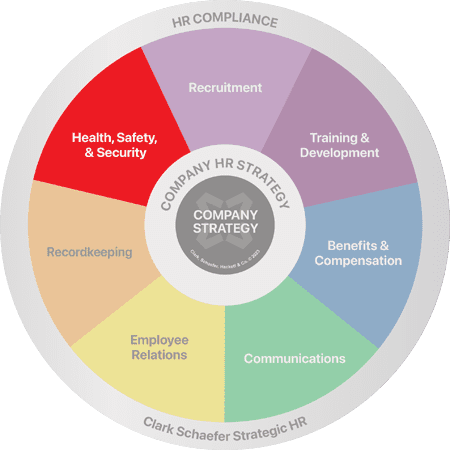Training Supervisors on How to Handle Workers’ Compensation Situations Effectively
Last Updated on June 27, 2025 / Health, Safety & Security, Training & Development

HR Question: Last week an employee in our office was hurt and had to go to the hospital. The supervisor had no idea what to do and how to handle the situation. What should we be training our supervisors on to handle workers’ compensation situations effectively?
HR Answer: Handling workers’ compensation situations is an important part of a supervisor’s job. With the right training, supervisors can learn how to manage these situations smoothly, reducing risks and creating a safe and supportive work environment. Without training, workers’ compensation claims can go horribly wrong (and expensive!). Supervisors need to understand the basics of workers’ compensation, including the types of injuries covered, how to file claims, the rights and responsibilities of everyone involved, and how to effectively communicate with the injured worker.
What is Workers’ Compensation
Workers’ compensation is a government-mandated program that is paid for by the employer. Overall, it is “insurance” for employees who are injured or fall ill as a result of a work-related incident. The program provides wages, medical expense payment, vocational rehabilitation benefits, and even death and dismemberment benefits, depending on the injury. These programs are administered at the state level, with each state having unique requirements or programs in placement.
Ultimately, the employer is responsible for the injury or illness, as long as it is work related. The legal language is “arising out of and in the course of employment”. Understanding specifically what that means and what is covered can be challenging and something a supervisor needs to understand. Sometimes an accident is clearly work-related, an example would be if you are opening a box of material with a box cutter and you cut your hand. Other times, injuries or illnesses may require an investigation. An example of this may be a diagnosis of carpal tunnel or exposure to a communicable disease. Supervisors must not automatically assume all injuries or illnesses are workers’ compensation injuries and to investigate before promising anything.
Types of Workers’ Compensation Injuries
There are a variety of categories of workers compensation injuries.

Workers’ Compensation Claim Process
Supervisors should be familiar with the specific steps involved in handling these types of claims. Workers’ compensation laws vary from state to state, so the process can differ. However, there are key points to keep in mind in all situations:
- Report the injury to HR or the appropriate department and to the insurance carrier.
- Ensure the injured worker receives immediate medical treatment, if necessary. Do not allow an injured worker to drive themselves for treatment.
- Know when an injury requires the employer to contact OSHA.
- Document the injury and the circumstances surrounding it. A proper investigation into the cause of the accident is essential to understand what happened and how to avoid it in the future.
- Assist the injured worker in completing any necessary forms.
- Follow up with the injured worker regularly to check on their progress.
- Coordinate with HR and medical professionals for a smooth return to work process.
During the entire claim process, active communication with the injured worker and the employer representative is the most essential. Proactive communication ensures that all necessary documentation is accurately recorded, appropriate medical treatments are arranged, and legal compliance is maintained. It also presents a caring and communicative message to the injured worker.
Medical Treatment and Return to Work Process
Providing proper medical treatment and planning for a timely return to work (RTW) are crucial aspects of handling workers’ compensation situations. RTW can be helpful to the employer and the employee by getting the employee back to work safely and efficiently, facilitating a quicker recovery, reducing lost time, and minimizing workers’ compensation costs. Supervisors should:
- Ensure the injured worker has access to appropriate medical care and rehabilitation services.
- Work with healthcare providers to understand the worker’s treatment plan and recovery timeline.
- Develop a return-to-work plan that accommodates the worker’s physical capabilities and limitations.
- Communicate regularly with the worker to support their recovery and address any concerns.
- Implement workplace modifications if necessary to facilitate the worker’s return.
By providing supervisors with knowledge and skills to handle workers’ compensation situations, organizations can foster a safer work environment and support employee well-being. This approach demonstrates a commitment to a safety culture and ensures that employees feel supported during challenging times. Supervisors who are well-trained to handle these situations can positively impact these difficult situations on both the injured worker, their team members, and the organization.
Thank you to Paula Alexander, MA, PHR, SHRM-CP, HR Business Advisor, for contributing to this article.
Clark Schaefer Strategic HR understands your concerns regarding workers compensation. We offer expertise in workers’ compensation challenges and can help with supervisor training, policy development, or standard operating procedures surrounding injuries at work. Please visit our Health, Safety & Security page for more information.



